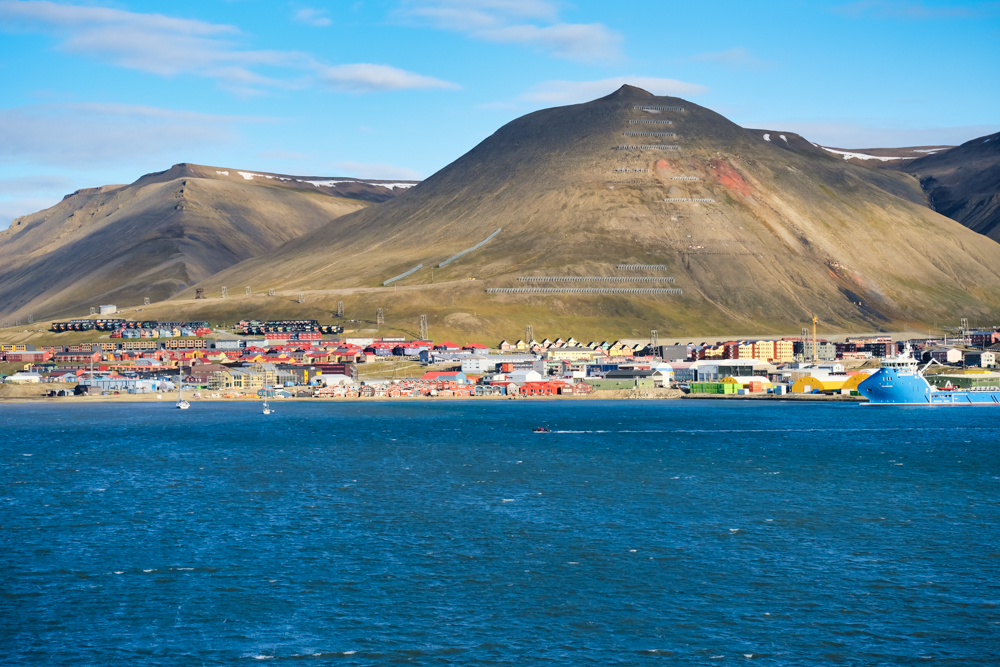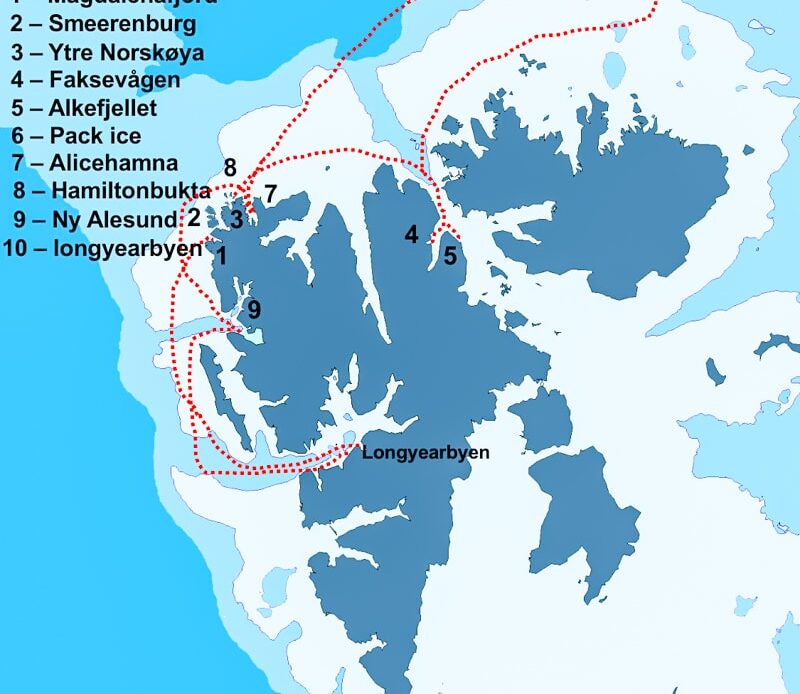From vast landscapes and giant glaciers to sly foxes and posing seals, we share some of the myriad reasons to visit Svalbard in the Arctic
Known as the last stop before the North Pole, Svalbard proved to be the Arctic we had always imagined: midnight sun, gleaming glaciers and snowcapped peaks, a frigid ocean riddled with ice and extraordinary wildlife including walruses, sea birds and polar bears.
We visited the remote archipelago on an 8-day Svalbard expedition with Albatros Expeditions aboard the Ocean Atlantic where we sailed in the perpetual sunlight of the Arctic summer. Our route took us from the main town of Longyearbyen around the west coast of Spitsbergen, Svalbard’s largest island, where we dropped anchor in sheltered fjords to make landings and Zodiac excursions.
We then headed north, towards the edge of the polar pack ice and within 800km (500mi) of the North Pole, before visiting Ny-Ålesund, the world’s northernmost permanent settlement, on our way back to Longyearbyen.
During our voyage, we made landings in remote idyllic bays, cruised on Zodiacs alongside colossal glaciers, kayaked among icebergs, plunged into bone-chilling water metres from pack ice and watched hardy wildlife resolutely go about its business in one of the harshest environments on Earth. We also reached 81°17’5”, the furthest north we’d ever been – all in all, a ground-breaking trip.
20 reasons to visit Svalbard
Having visited Antarctica, Greenland, Iceland and northern Norway, we were unsure how Svalbard would compare. In the end, what is one of Europe’s last great wildernesses was everything we imagined: remote, untamed, pristine and raw. This was frontier land at its purest.
Everyone will have different motivations for the trip (polar bears!), but here are our top reasons to visit Svalbard, starting from the moment we arrived in the capital.
1. The ‘Longyear Town’

Longyearbyen, Svalbard’s most populous settlement and de facto capital, was named after American John Munro Longyear who established the town after his Arctic Coal Company began mining the region in 1906. Known as the ‘Longyear Town’, Longyearbyen is the world’s northernmost settlement with a population greater than 1,000.
Its colourful buildings are fringed by hulking mountains and two glacier tongues, but Longyearbyen is seldom described as…
Click Here to Read the Full Original Article at Atlas & Boots…
